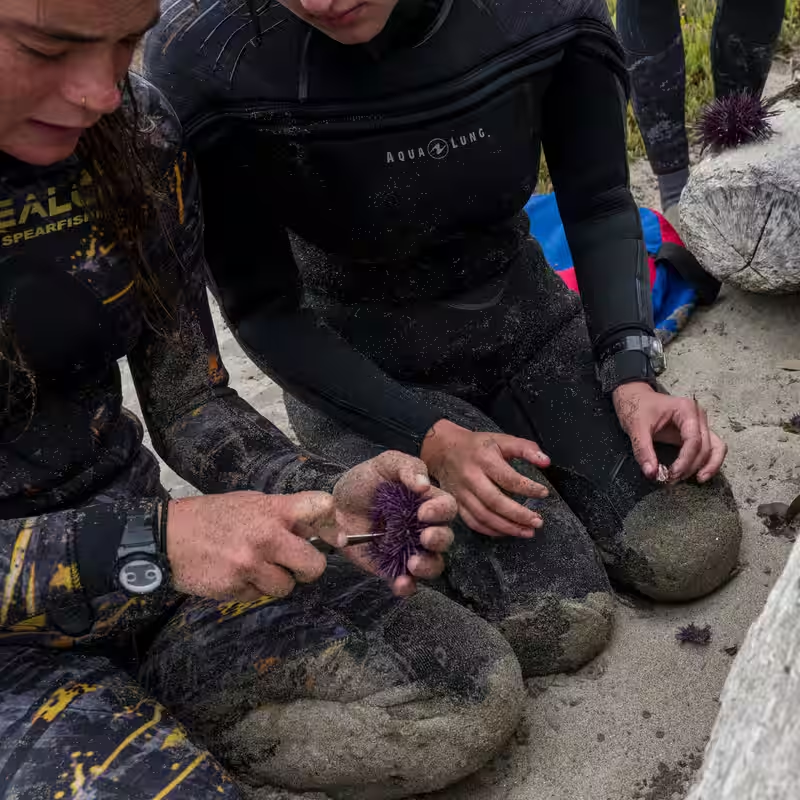Off the rugged Northern California coast, an underwater battle is raging. The enemy? Millions of spiny purple sea urchins. The heroes? A dedicated coalition of scientists, volunteer divers, and local communities fighting to bring back a vital ecosystem: the kelp forest.
Why California’s Kelp Forests Matter
Kelp forests are the rainforests of the ocean. These towering brown algae provide critical habitat for fish, invertebrates, and marine mammals like sea otters. They are a cornerstone of the coastal economy, supporting commercial and recreational fisheries, and they act as a powerful carbon sink, helping to mitigate climate change. But over the past decade, these lush underwater jungles have been decimated, with over 350 miles of shoreline stripped bare .
The Urchin Apocalypse
The primary culprit behind this ecological collapse is the purple sea urchin. Historically kept in check by predators like sea stars and sea otters, their populations exploded after a mysterious sea star wasting disease wiped out their main predator. Compounded by marine heatwaves that weakened the kelp, these urchins have created vast, lifeless expanses known as “urchin barrens”—a barren seafloor where nothing but urchins can survive .
Kelp Restoration: A Hands-On Mission
Faced with this crisis, a grassroots movement has emerged. The strategy is direct and labor-intensive: remove the urchins by hand. In a remarkable show of community effort, volunteers have already hauled a staggering 5.8 million purple sea urchins from the ocean floor to create safe zones for kelp to regrow .
How the Restoration Works
The process is meticulous. Teams of divers identify small, surviving patches of bull kelp. They then create a protective buffer zone around these patches by manually collecting every urchin they can find. This gives the kelp a fighting chance to spread its spores and reclaim the barren landscape.
Project Spotlight: Timber Cove
One of the most promising efforts is centered at Timber Cove in Sonoma County. Here, restoration combines traditional urchin removal with cutting-edge science, including the outplanting of laboratory-cultured kelp to accelerate recovery . Early surveys in 2025 are already showing positive signs of bull kelp expansion in these protected areas .
The Road Ahead for Kelp
While the manual removal of millions of urchins is a monumental achievement, it’s just the beginning. The long-term health of the kelp forest depends on restoring the entire ecosystem, including the return of its natural predators. Scientists are also exploring other methods, such as using quicklime to cull urchins in deep or inaccessible areas .
This community-driven effort offers a powerful message of hope. It proves that even in the face of massive ecological challenges, dedicated human action can make a tangible difference, one dive at a time.




